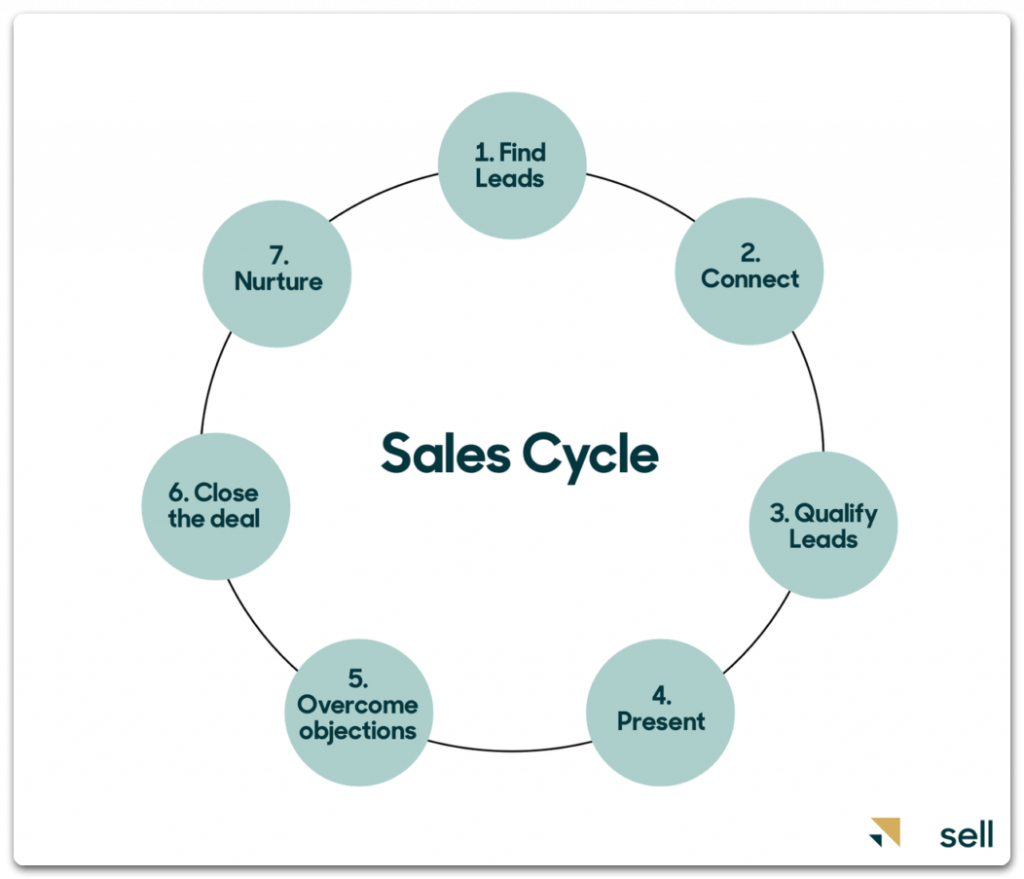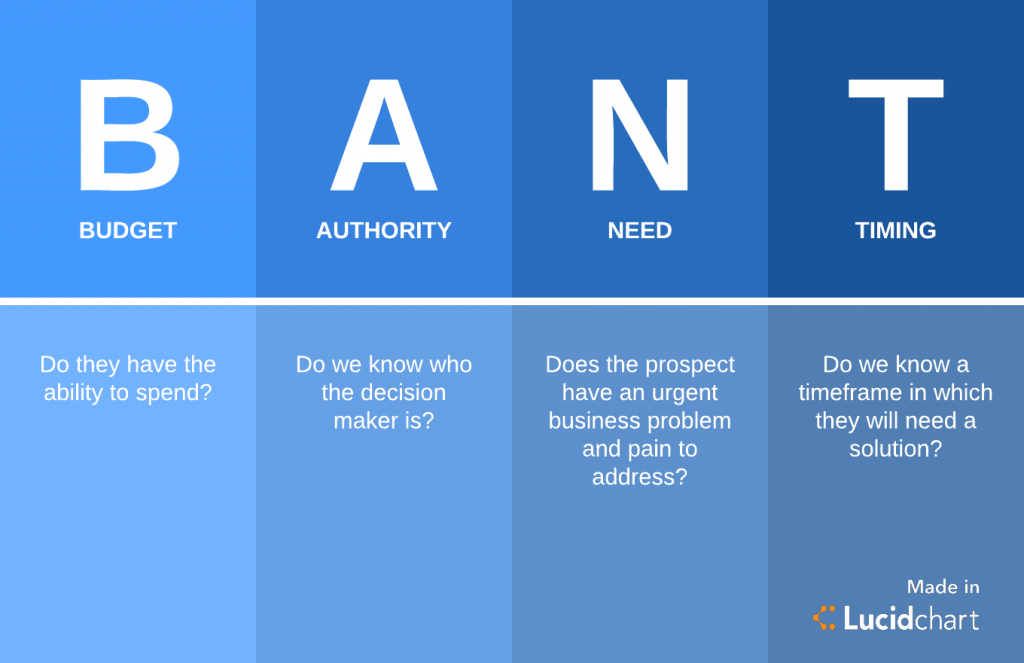Lead qualification
When it comes to sales marketing, focusing on finding prospects that have higher chances of converting into customers is a necessity. The process of filtering through hundreds of potential leads to find the best ones is called lead qualification.
Lead qualification definition
Lead qualification is determining whether a lead fits your ideal customer profile (ICP) and has a high chance of becoming a long-term customer. Marketing and sales teams work together to determine the likelihood that a lead will want to make a purchase. But even with nurturing campaigns, only a fraction of these leads will become customers as they pass through the sales funnel.
Lead qualification in the sales cycle
The lead qualification process is part of the sales cycle. First, the marketing team members gather potential leads’ contact information, including site visits, email subscriptions, and social media, to decide if they meet their ICP.
Then they make the first contact via email, phone call, or face-to-face meeting. During it, sales reps find out about the leads’ needs, project timelines, purchasing authority, and any budgetary constraints.
Finally, the information gathered helps determine if leads and the business have a mutual fit. If yes – the team can move on to drafting a proposal.

Qualified leads vs. unqualified leads
To qualify leads, you should know as much as possible about them and effectively gather data and insights to determine the perceived value each lead represents to the company. This way, you will prioritize the top potential customers for your product or service. And without proper qualification, you will spend equal time on all leads, even though some of them might not be a good fit for your business.
So, what are some of the traits of qualified and unqualified leads?
Qualified
- Are educated on your company and the solution that you offer
- Have a clearly defined budget to work with and afford the product or service you offer
- Are in control of their buying cycle, completing their educational research
- Have either completed or are in the process of completing the sales deal
- Have low churn rates after becoming customers because they closed the deal on their terms
Unqualified
- Are often not confident about what your company offers how it could potentially benefit them
- Are unable to afford the level of service that you offer
- Don’t know what solution they need
- Have not been nurtured enough to successfully close the sales deal
- Have sky-high churn rates even if you managed to convert them into customers

Lead qualification checklist
It would be useful to go through the process of lead scoring before making a call or sending an email to your leads. It lets you assign a point value to each lead based on the information you’ve gathered about them, for example:
- Buyer profile – Does your lead fall into your target industry and fit your ICP?
- Company – What is the size of the lead’s company, and what is its contact information?
- Online behavior – How much time does your lead spend interacting with your website? You can track page views, downloads, length of visit, and frequency of visits.
- Social media engagement – Are there any Facebook or Twitter likes, shares, retweets, and click-through rates from your posts?
- Spam detection – Are there any red flags? Using Gmail and Yahoo instead of corporate email addresses might indicate that leads don’t fit your buyer profile. Besides, the use of lowercase letters when filling out website forms might be a sign that your leads are bots.
Of course, information for lead scoring differs from one business to another, but it usually covers behavioral, demographic, and sales components.
Lead qualification frameworks
As you finally move on to the discovery call, there are several frameworks created to help you qualify leads.
BANT (Budget, Authority, Need, Timing). Devised by IBM, this go-to lead qualification framework is still used widely today.

GPCTBA/C&I (Goals, Plans, Challenges, Timeline, Budget, Authority, Negative Consequences, Positive Implications). Developed by HubSpot, this framework is a bit more detailed.
CHAMP (Challenges, Authority, Money, Prioritization). Devised by InsightSquared, it starts with more important questions about challenges.
Moving prospects forward
After the initial discovery call, you’ll have to make up your mind whether to continue with the lead or not. Good signs that prospects want to move forward are as follows:
- Pain Points – They clearly articulated what challenges they had and talked about it at length, showing that it was a priority to solve them as soon as possible.
- Specific Goals – They were definite on measurable goals and outcomes, which demonstrates that they’ve spent a lot of time thinking about the challenge and will be receptive to solutions that help to meet these goals.
- Knowledge – They know the ins and outs of their project like the back of their hand, which shows that they likely have sway over the purchasing decision, even if they’re not in charge of it themselves.
Now, there are red flags that may tell that particular prospects are not the ones you want to keep under your wing:
- Short Answers – Whether it’s because they don’t have the time to talk, they haven’t thought much about their challenges, or they don’t have a pain point you can address, this is a clear indicator that prospects aren’t interested.
- Inconsistent Answers – Inconsistent or confusing responses are an indicator that they probably don’t have much influence over the project, or it’s not enough of a priority that they’re willing to find a solution just yet.
Wrapping it up
It may feel risky to throw out any leads, even unqualified ones. But in the end, by focusing on qualified leads only, you can save time and focus on prospects who are most likely to buy your product and have a high chance of closing.
Search email addresses with Snov.io to ensure you collect only targeted leads that would be easy to qualify!















